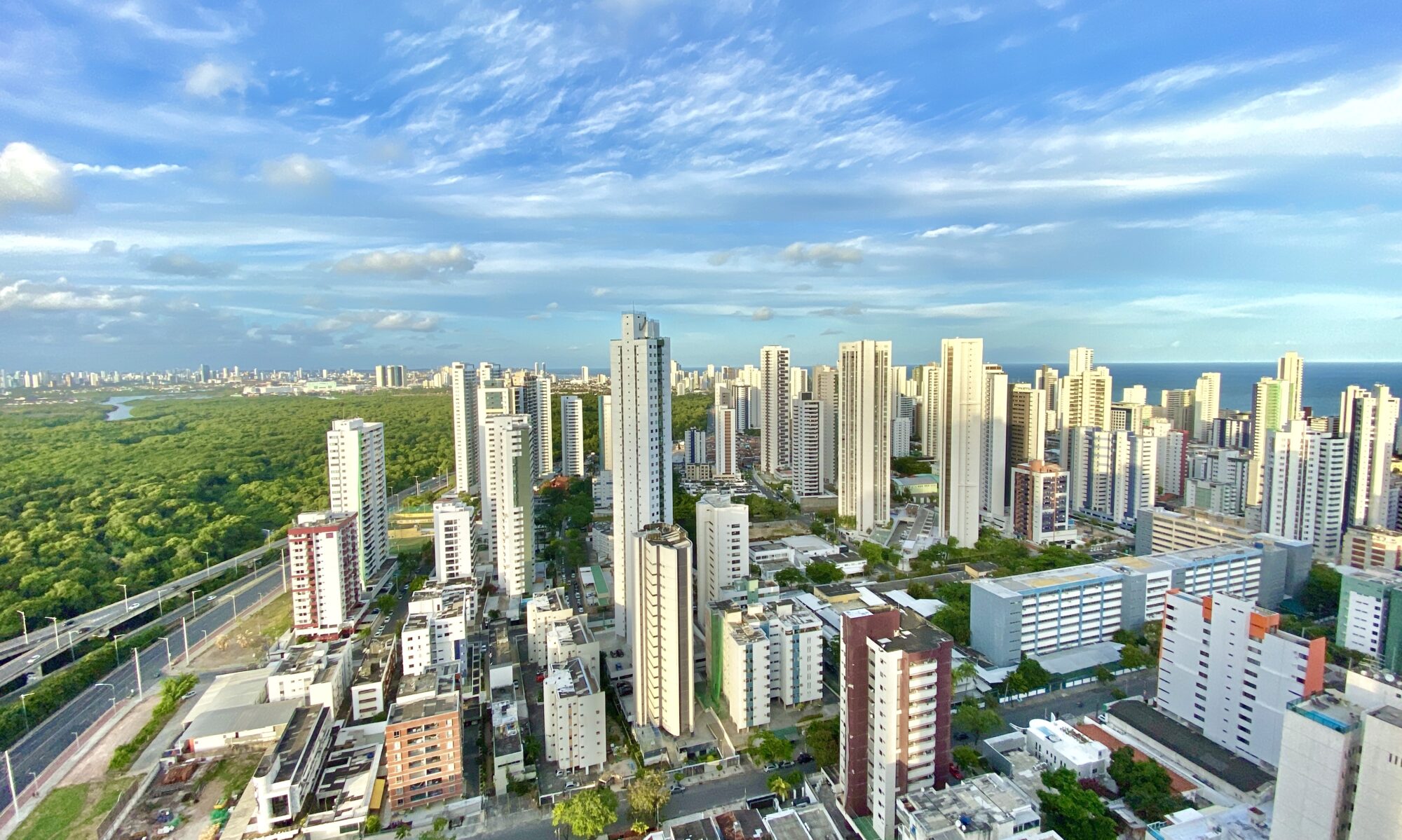With its continental size and biological and scenic diversity, Brazil stands out as one of the richest destinations in the world for nature-related tourism. Ever since the arrival of the colonists, the country’s image has been closely linked with nature, and even before it was known as Brazil – the name of a tree – it was, like the rest of South America, referred to on old navigation charts as Terra Papagalis – Land of the Parrots.
This “environmental” vocation has attracted the attention both of tour operators and travel agents, and also of Brazilian and foreign traveller, especially after the most important meeting of environmentalists and ecologists, Rio-92, was held in Rio de Janeiro. At the same time at home there is growing interest in ecotourism and special interest travel, two major aspects of segmented tourism.
As they are directly related with the environment, ecotourism and special interest travel must disregard the administrative boundaries – states and regions – familiar to conventional tourists, and see a region from the geographical and physical point of view, i.e. according to its various ecosystems, with its access cities.
In the case of Brazil, taking this “environmental view”, the ecotourist should plan his trips, whatever his specific interest, without worrying about the fact that the area of the Pantanal marshland for example straddles the States of Mato Grosso and Mato Grosso do Sul. For this “special traveller”, the importance of his interest and his travel plans is to be found much more in the content of the destination, i.e. the flora, fauna and culture of the Pantanal, which may be visited from the main access cities: Campo Grande and Corumbá, in Mato Grosso do Sul, or Cuiabá in Mato Grosso.
From this environmental, geographical view of Brazil, it may be suggested that ecotourists or special interest travellers intending to get to know the country and its natural beauty plan their journeys on the basis of the following division: Amazonia, Savanna and Plateaux, Coastline and Oceanic Islands, Atlantic Forest and Mountain Regions and Pantanal.

